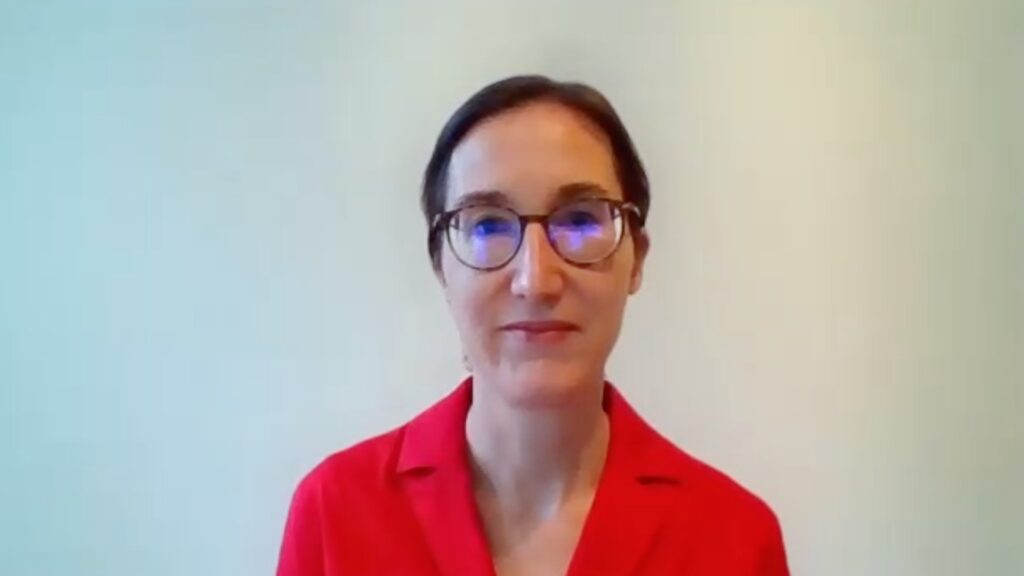There is a lack of biomarkers to profile phenotypes in giant cell arteritis (GCA) and predict potential complications. Serum protein profiling may identify molecular-based phenotypes and facilitate personalized medicine approaches. touchIMMUNOLOGY were delighted to speak with Dr Lisa Christ (Universitätsspital Bern Bern, Switzerland) about her study which investigated the serum protein signature of clinically defined GCA phenotypes to evaluate whether serum protein-based profiling identified distinct patient clusters.
The abstract ‘Molecular Phenotyping of Giant Cell Arteritis Patients: Analysis of the Serum Protein Profile Using a High Throughput Method‘ was presented at the European Alliance of Associations for Rheumatology (EULAR), 31 May – 03 June 2023.
Questions
- Please summarise the key take-home messages from your analysis of the serum protein profile using a high throughput method. (0:23)
- What questions remain unanswered in this clinical setting? (1:46)
Disclosures: Lisa Christ discloses grant/research support from Gilead Sciences, F. Hoffmann-La Roche and Pfizer.
Support: Interview and filming supported by Touch Medical Media Ltd. Interview conducted by Shanice Allen.
Filmed in coverage of the European Alliance of Associations for Rheumatology (EULAR) Annual Meeting
Click here for more content from EULAR.
Transcript
I’m Lisa Christ and I work in the Rheumatology and Immunology department in Bern in Switzerland and it’s my great pleasure to present to you some data on the pathogenesis of GCA.
Please summarise the key take-home messages from your analysis of the serum protein profile using a high throughput method.
So this is the first study basically to phenotype GCA based on the serum protein signature. And what we did, we had serum samples from patients with new-onset disease and used the Olink method. And this is like a Proximity Extension Assay, and it captures more than 1,400 proteins per sample. And this is the largest amount of protein that has been assessed in GCA so far. And first, we assessed the protein signature of defined clinical phenotypes. So, for example, if we looked at cranial GCA, we found that they had changes in Th17 signaling and endothelial function in those patients with cranial GCA. And next, and moreover, we performed an unsupervised cluster analysis within those GCA patients with new-onset disease, and this cluster analysis was based on the serum protein signature. And we were able to identify three distinct patient clusters. And if you look, for example, at cluster one, we found that this cluster was characterized by a pronounced STAT5, IL-1, or NF-κB signaling. And knowing this molecular signature of different phenotypes, might help in the future to profile and better the disease phenotypes in GCA.
What questions remain unanswered in this clinical setting?
So, of course, this study was based in one center and one patient cohort. And we need other cohorts, it needs to be confirmed in other cohorts and those findings. And then the next step would be to select a panel of selected biomarkers to profile those phenotypes. And then one needs to investigate treatment response, for example in prognosis, based on those molecular phenotypes. And, of course, then overall, the goal would be to personalise management in GCA patient based on those distinct phenotypes.
Subtitles and transcript are autogenerated.







